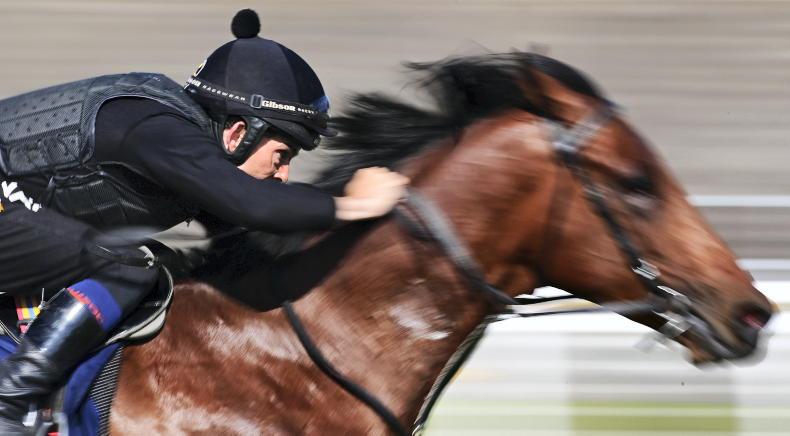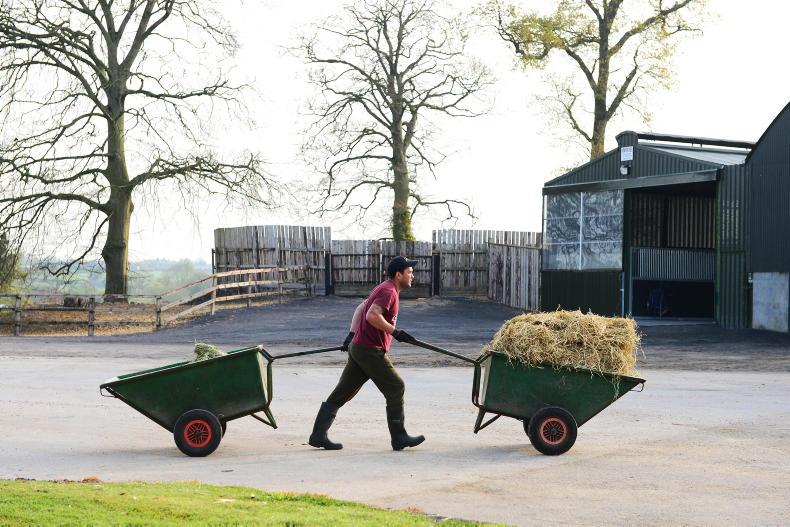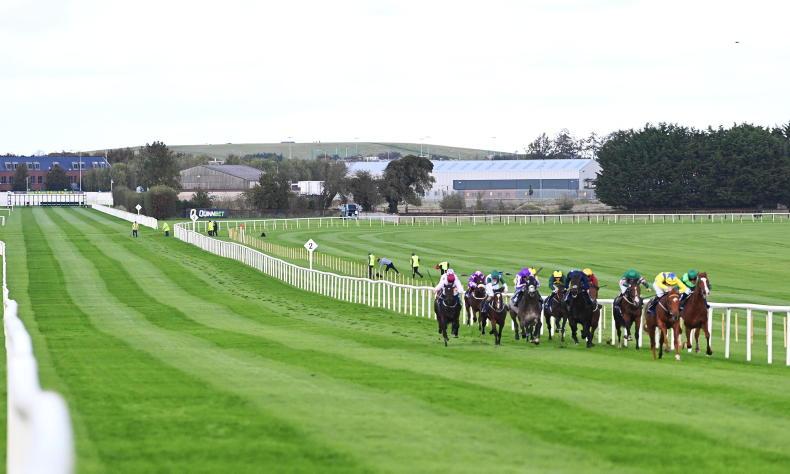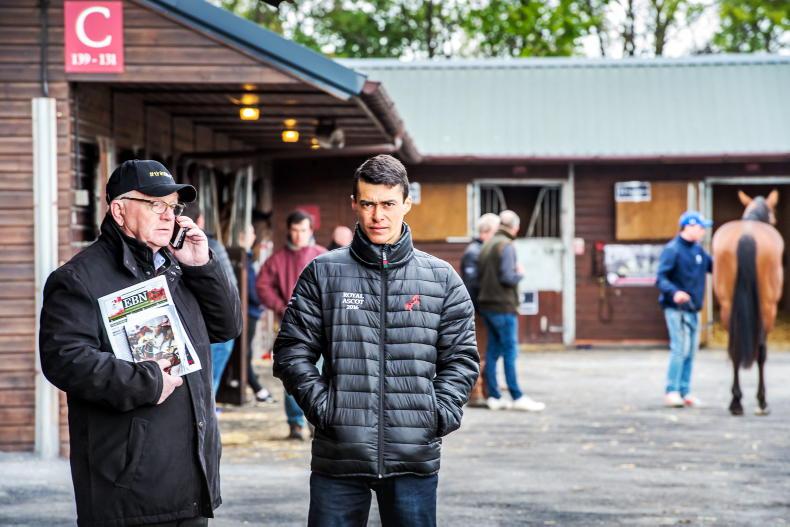ARTIFICIAL intelligence is making its mark in the horse world, bringing data-driven precision to the traditionally intuitive realm of equine auctions. From analysing stride patterns at breeze-ups to assessing X-rays and conformation with machine learning, AI tools are now helping buyers, trainers and vets make smarter, faster decisions. As technology meets tradition, sales preparation may never look the same again.
1. Pythia Sports Bloodstock applies AI-driven biomechanics analysis to breeze-up sales, evaluating stride, speed, conformation and gait during short gallops. The technology has been introduced at Newmarket breeze-up sales, providing a performance score that complements traditional assessments.
2. “Hailey” (by HALO) is an AI assistant which uses data on pedigree, biomechanics and advanced Vet-AI health analytics (e.g. X-ray interpretation) to help buyers by generating detailed assessments during bloodstock auctions.
3. Equix uses high-speed digital biometric analysis to evaluate motion patterns and physical structure in two-year-old thoroughbreds at training sales. It provides objective athletic potential metrics, e.g. jaw width or conformation etc. Equix is frequently deployed at US-based training races and yearling auctions.
4. Biomechanical modelling by Tom Wilson employs tools like DeepLabCut and custom video-analysis AI to assess gait and biomechanics of yearlings, reportedly achieving 73% accuracy in elite-horse prediction. This fascinating piece of tech has been tested at Tattersalls, Goffs, and other premium global sales.
5. “Dessie” (named after Desert Orchid) interprets X-rays and health data. Dessie uses 3D motion capture and AI to monitor posture and helps detect signs of pain or discomfort and is integrated into sale-auction platforms; Dessie is being developed in Sweden for veterinary diagnostics and welfare research.


 This is a subscriber-only article
This is a subscriber-only article
 It looks like you're browsing in private mode
It looks like you're browsing in private mode










SHARING OPTIONS: